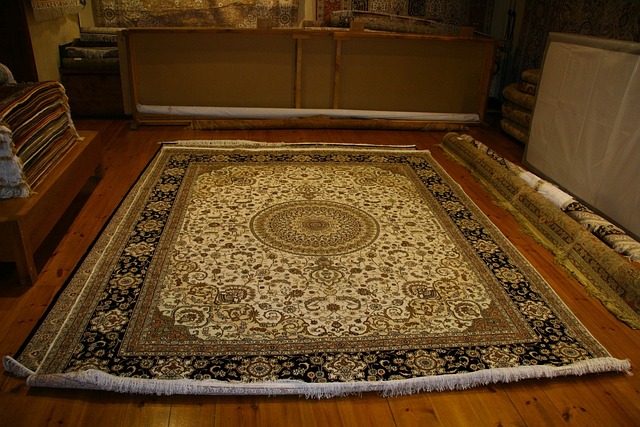
Characteristics of Aztec Homes, including use of stone and adobe bricks
Aztec Homes Style
The characteristics of Aztec homes showcase the ingenuity and craftsmanship of this ancient civilization. One notable feature is the use of stone and adobe bricks in construction, which provided durability and strength to their dwellings.
The Aztecs utilized locally sourced materials such as volcanic rock and clay to create sturdy foundations for their homes. These materials were readily available in the region and allowed them to build structures that could withstand the test of time.
In addition to their practicality, Aztec homes also showcased intricate designs and artistic elements. The use of decorative motifs and symbols added a unique flair to their architecture, reflecting their cultural beliefs and traditions.
Overall, the characteristics of Aztec homes highlight a balance between functionality and aesthetic appeal. By utilizing stone and adobe bricks in construction, they were able to create resilient structures that also served as a canvas for creative expression. This combination of strength and beauty is a testament to the advanced architectural skills of the Aztec civilization.


